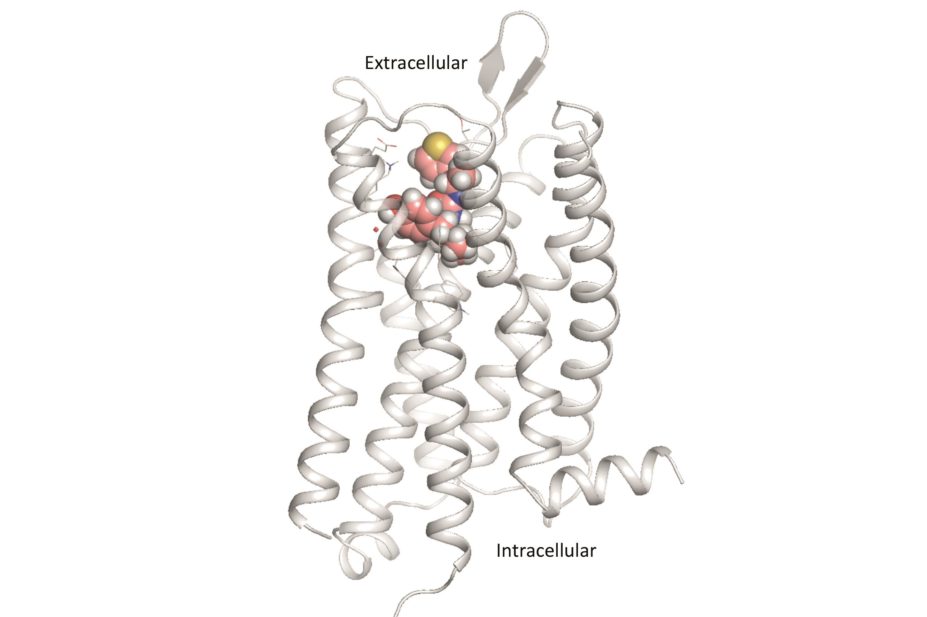
Anat Levit / UCSF
Respiratory depression is a potentially lethal side effect of morphine and other opioid painkillers but this unwanted effect is mediated through a separate signalling pathway to the analgesic effect of opioids. So US researchers sought to find a molecule that was more selective.
Using computational modelling, they screened the structure of more than three million molecules. Optimising the primary candidate led them to PZM21, a molecule that is highly selective for the analgesic opioid pathway. In mice, PZM21 was as effective an analgesic as morphine but there was little or no observed respiratory depression or morphine-like reinforcing activity, the team reports in Nature (online, 17 August 2016)[1]
.
The molecule represents both a useful tool for disentangling opioid signalling and a drug candidate without many of the side effects associated with opioids, the researchers say.
References
[1] Manglik A, Lin H, Aryal DK et al. Structure-based discovery of opioid analgesics with reduced side effects. Nature 2016. doi: 10.1038/nature19112


